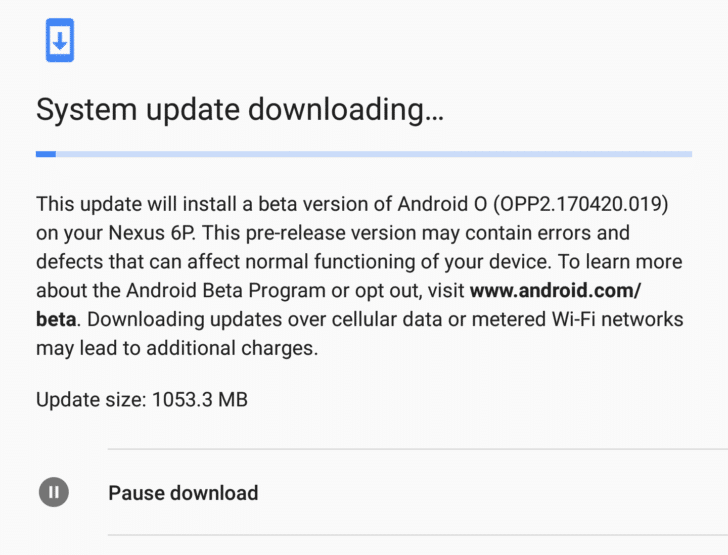
Android OEMs have been aggressively pushing the display quality in smartphones with their flagship handsets every year. Not only do Android devices feature high-resolution displays, they are also color accurate. However, due to the lack of wide color gamut support in Android, third party apps have been unable to take advantage of these displays in their apps.
It was largely always up to the OEMs to add wide color gamut profile support in their skins so that users could take proper advantage of it.
All this will change with Android O as it will introduce support for wide gamut modes such as AdobeRGB, Pro Photo RGB, and DCI-P3. This change will largely benefit professional photographers, editors, and cinematographers, with the impact on a normal Android user being very minimal.
Wide-gamut color for apps: Android developers of imaging apps can now take advantage of new devices that have a wide-gamut color capable display. To display wide gamut images, apps will need to enable a flag in their manifest (per activity) and load bitmaps with an embedded wide color profile (AdobeRGB, Pro Photo RGB, DCI-P3, etc.).
It goes without saying that the display hardware of a device should also have support for wide color gamut modes to be able to take advantage of this new feature in Android O. Flagship Android devices released so far this year like the LG G6 and Samsung Galaxy S8 only have support for Dolby Vision and HDR-10.
[Via Google]















